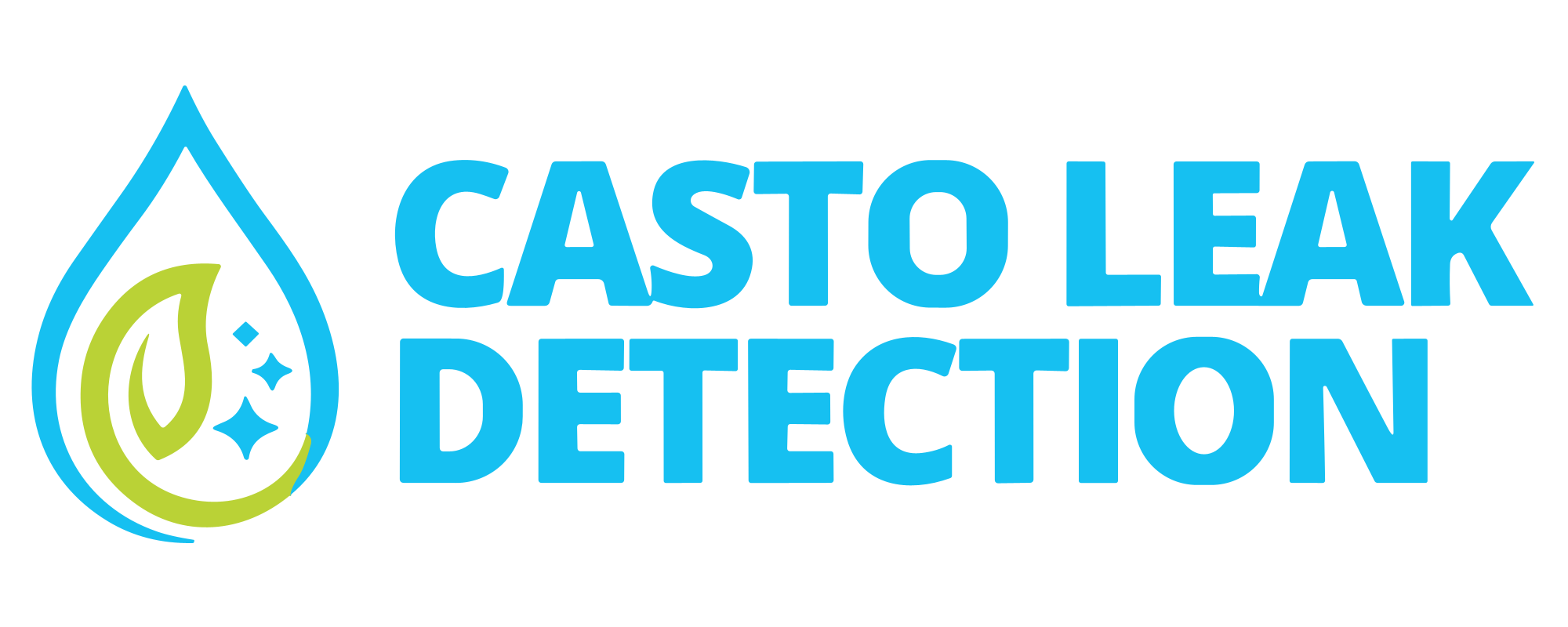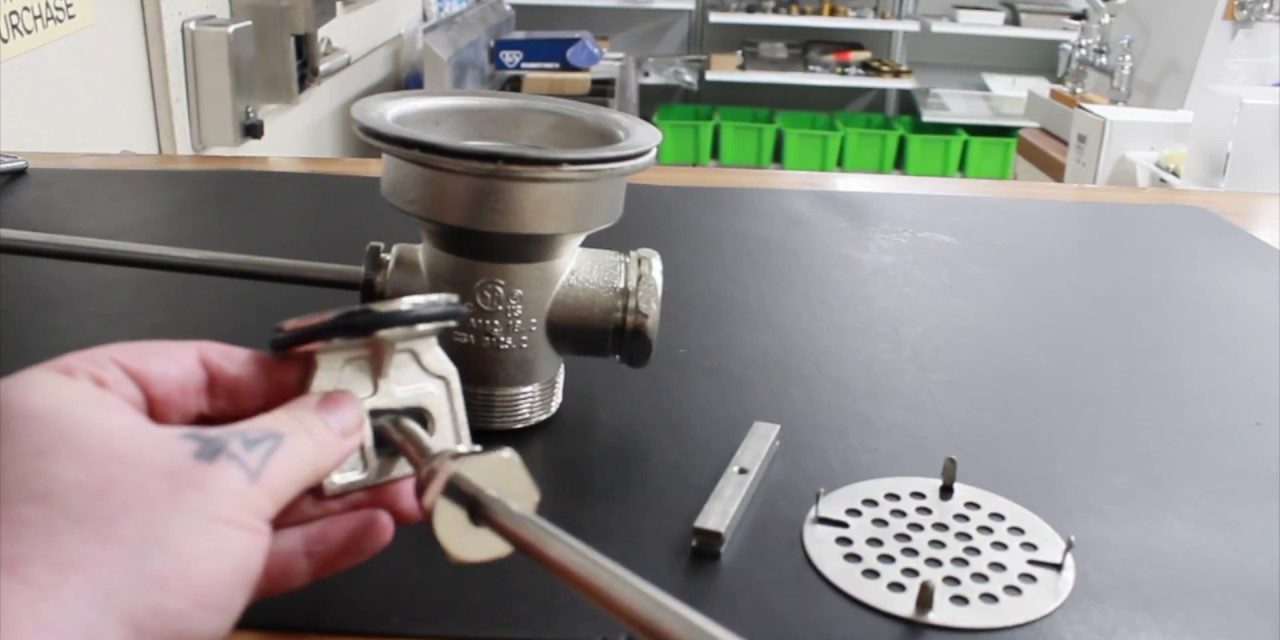Commercial drain repair involves addressing issues with drainage systems in business and industrial settings. It includes fixing clogs, leaks, and other problems that affect the flow and efficiency of drainage systems.
Commercial Drain Repair
Importance of Regular Drain Maintenance
Regular maintenance is crucial for preventing major drainage issues, reducing downtime, and extending the lifespan of drain systems. It helps avoid costly repairs and ensures smooth operations in commercial environments.
Common Drain Problems in Commercial Settings
Typical issues include clogs, pipe leaks, slow drainage, and blockages caused by grease or debris. Understanding these problems helps in identifying and addressing them promptly.
Signs of Drainage Problems
Slow Draining Water
Slow drainage can indicate a partial blockage or buildup in the pipes. It often results in water pooling and inefficient flow, requiring timely intervention.
Unpleasant Odors
Foul smells from drains can be a sign of bacterial growth or decaying debris. Addressing these odors involves identifying and resolving the root cause.
Gurgling Sounds
Gurgling noises in the plumbing system often suggest air pockets or blockages. These sounds can be indicative of underlying drainage issues that need to be investigated.
Methods for Commercial Drain Repair
Snaking and Augering
Using a plumber’s snake or auger is a common method for clearing clogs. These tools break up obstructions and restore proper flow in the pipes.
Hydro Jetting
Hydro jetting involves using high-pressure water jets to clean and remove stubborn blockages and buildup from drain lines. It’s effective for maintaining clear and free-flowing pipes.
Pipe Relining
Pipe relining is a trenchless method for repairing damaged pipes. It involves inserting a liner into the existing pipe, which hardens and forms a new pipe within the old one.
Tools and Equipment for Drain Repair
Plumber’s Snake
A plumber’s snake, or drain auger, is a flexible tool used to dislodge and remove clogs from pipes. It’s essential for routine drain maintenance and repair.
Hydro Jetting Equipment
Hydro jetting equipment uses high-pressure water to clear debris and buildup from pipes. It’s effective for tough clogs and maintaining clean drain lines.
Pipe Inspection Cameras
Pipe inspection cameras allow for visual inspection of the inside of pipes. They help diagnose issues, locate blockages, and assess the condition of the drainage system.
Preventive Maintenance for Commercial Drains
Regular Inspections
Scheduled inspections help identify potential issues before they become major problems. Regular check-ups ensure that the drainage system remains in good working condition.
Grease Traps and Interceptors
Installing and maintaining grease traps and interceptors prevent grease and solids from clogging the drain system. They are essential for commercial kitchens and food processing areas.
Employee Training and Best Practices
Training staff on proper disposal practices and maintenance can prevent common drainage issues. Implementing best practices helps reduce the risk of clogs and other problems.
Choosing a Drain Repair Service
Qualities to Look For in a Contractor
When selecting a drain repair service, consider factors such as experience, certifications, and customer reviews. A reliable contractor will have a proven track record in handling commercial drain issues.
Obtaining and Comparing Quotes
Get multiple quotes from different contractors to compare pricing and services. This helps ensure you get the best value for your money and a fair assessment of your drainage needs.
Checking References and Reviews
Reviewing references and customer feedback provides insight into the contractor’s reliability and quality of work. Positive reviews and recommendations can guide your decision-making process.
Costs Associated with Commercial Drain Repair
Factors Influencing Repair Costs
Repair costs can vary based on factors such as the severity of the issue, the type of repair needed, and the location of the problem. Understanding these factors helps in budgeting for repairs.
Budgeting for Drain Maintenance
Set aside a budget for regular maintenance and unexpected repairs. Proper budgeting helps manage costs and ensures that funds are available when needed.
Comparing Repair vs. Replacement Costs
In some cases, replacing damaged pipes or components may be more cost-effective than repairing them. Evaluate the long-term benefits and costs of repair versus replacement.
Common Mistakes in Drain Maintenance
Overlooking Regular Maintenance
Neglecting routine maintenance can lead to more significant problems and costly repairs. Regular upkeep is essential for preventing major drainage issues.
Using Chemical Drain Cleaners
Chemical drain cleaners can damage pipes and worsen problems. Avoid using harsh chemicals and opt for safer, more effective methods of clearing clogs.
Delaying Repairs
Delaying necessary repairs can result in more severe damage and higher costs. Address issues promptly to minimize the impact and prevent further complications.
Innovations in Drain Repair Technology
Trenchless Technology
Trenchless technology allows for repairing and replacing pipes without extensive excavation. It minimizes disruption and reduces the impact on surrounding areas.
Smart Drainage Systems
Smart drainage systems use sensors and technology to monitor and manage drainage. They can provide real-time data and alerts for efficient maintenance and problem detection.
Advanced Pipe Materials
New pipe materials offer improved durability and resistance to corrosion and damage. Innovations in pipe technology contribute to longer-lasting and more reliable drainage systems.
Regulatory Considerations
Building Codes and Standards
Ensure that all drain repairs and installations comply with local building codes and standards. Adhering to regulations helps ensure safety and quality.
Environmental Regulations
Follow environmental regulations regarding the disposal of waste and chemicals. Proper disposal practices help protect the environment and comply with legal requirements.
Health and Safety Requirements
Commercial drain repairs must meet health and safety requirements to prevent hazards and ensure safe working conditions. Implementing safety protocols is crucial for both workers and customers.
Conclusion
Effective commercial drain repair involves understanding common issues, utilizing the right tools and methods, and implementing preventive measures. Choosing a reliable service provider and staying informed about costs, technology, and regulations are key to maintaining a functional and efficient drainage system. Regular maintenance and prompt attention to problems ensure that commercial properties remain operational and free from drainage-related disruptions.







